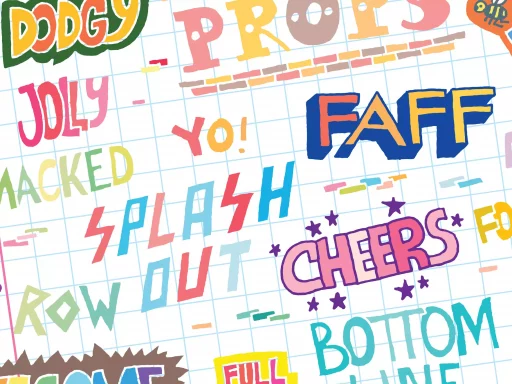Introduction to Fling in Slang
The term “fling” has evolved over the years, transitioning from its literal meaning to a colloquial expression often used in modern slang. In this article, we’ll decode the term “fling,” delve into its usage, and explore its implications in contemporary culture through examples, case studies, and statistics.
What Does Fling Mean?
In everyday language, “fling” refers to throwing something with force or enthusiasm. However, in a slang context, it denotes a brief, casual relationship or romantic encounter without the commitment of a serious partnership. This interpretation emphasizes spontaneity and a lack of emotional depth.
Examples of Fling in Conversation
To illustrate how the term “fling” is used in modern vernacular, consider the following examples:
- Example 1: “After her long-term relationship ended, she decided to have a frivolous fling over the summer.” This suggests a carefree approach to dating without the intention of long-term commitment.
- Example 2: “They met at a party and had a one-night fling that neither of them took seriously.” Here, a fling is portrayed as a transient encounter.
Statistics on Casual Relationships
The increasing prevalence of flings in contemporary dating culture can be highlighted through some revealing statistics:
- According to a 2021 survey by Statista, nearly 50% of millennials reported engaging in casual relationships or flings at some point.
- A study published in the journal Archives of Sexual Behavior indicated that 70% of young adults aged 18-24 have had a fling or a short-term relationship.
- Research from the American Psychological Association found that casual relationships can lead to increased emotional well-being among those who prefer non-committed partnerships.
Case Study: The Rise of Dating Apps
The evolution of dating apps, such as Tinder and Bumble, has played a significant role in normalizing flings. These platforms cater to a demographic interested in casual dating, which has heightened the acceptance of flings among younger generations. For instance:
- Tinder, which launched in 2012, has over 50 million active users by 2023.
- A survey conducted by Tinder revealed that 60% of its users are looking for either a fling or casual dating.
- Many users report that the ease of finding matches has made short-term relationships more accessible and commonplace.
The Social Implications of Having a Fling
While flings can be liberating and enjoyable, they also come with social implications. Understanding these can help individuals navigate their experiences effectively:
- Emotional Disconnect: Many flings are characterized by a lack of emotional investment, which can lead to feelings of emptiness once the experience is over.
- Social Stigma: Although flings are widely accepted, some individuals may still face judgment or stigma for engaging in casual relationships, especially from more traditional circles.
- Impact on Future Relationships: Casual encounters may affect a person’s approach to serious relationships, with some individuals finding it hard to transition from a fling to a more committed partnership.
Conclusion
The term “fling” in slang embodies a modern-day concept of fleeting intimacy without strings attached. As society increasingly embraces varied relationship forms, the importance of understanding nuances like “fling” becomes evident. By recognizing its implications and expanding perspectives on casual dating, individuals can navigate their romantic lives more consciously.






